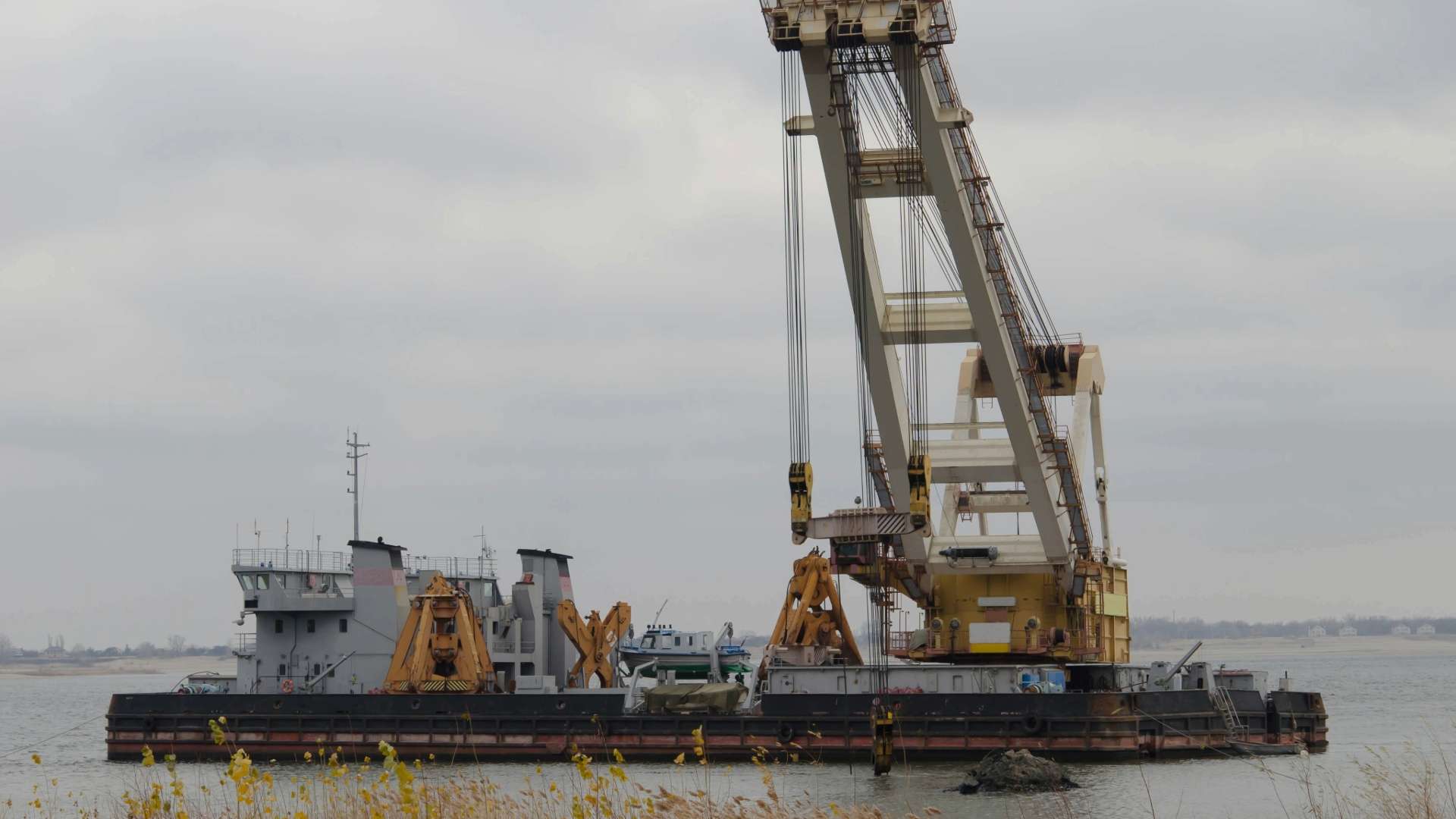Introduction
In 1986, a major flood threat loomed over the Navua region of Fiji, where farming communities were in the midst of a critical harvest season. The potential for widespread devastation was high, with hundreds of hectares of mature rice crops ready for harvesting, and livestock vulnerable to rising floodwaters. However, thanks to the timely and extensive river dredging carried out by the Fijian Government, the area was spared from what could have been a disastrous event. The case of the Navua River dredging stands as a powerful example of how proactive dredging and flood management infrastructure can protect communities, safeguard livelihoods, and ensure food security.
The Threat of Flooding in Navua
Navua, located on the southern coast of Viti Levu, is a fertile agricultural area prone to flooding due to its low-lying terrain and proximity to the river. In previous years, floods had caused significant damage, washing away crops, destroying property, and displacing communities. By the mid-1980s, the government recognized the need for long-term flood mitigation measures and prioritized river dredging as a central strategy.
In early 1986, as torrential rains fell across the region, fears of another devastating flood resurfaced. However, this time, things were different. Thanks to the prior dredging of the Navua River, the water levels were better managed, and the river did not overflow its banks.
How River Dredging Made a Difference
The dredging project deepened and widened the Navua River channel, allowing it to accommodate a larger volume of water and reducing the speed at which the river could rise during periods of heavy rainfall. As a result, excess rainwater drained quickly, and floodwaters did not reach surrounding farmlands and villages.
According to a report published by The Fiji Times on May 2, 1986, a large cross-section of farmers in the Navua basin credited the dredging effort for saving their crops and livestock. One such farmer was Jone Waqanidrola of Vunibau, who had planted the dwarfed Uttam rice variety. He expressed his relief and gratitude, saying that although his village was near the riverbank, it miraculously avoided flood damage. He thanked the government not only for the river dredging but also for introducing resilient crop varieties that withstood heavy winds and rain.
Community Preparedness Enhanced by Infrastructure
Greg Blakeney, the manager of Consolidated Agriculture Fiji Ltd., a commercial farming company operating in Navua at the time, emphasized the significance of dredging and additional infrastructure, such as flood protection banks, drainage systems, and floodgates. These collectively played a crucial role in keeping the floodwaters at bay. Blakeney noted that water levels receded faster than in previous years, preventing the river from breaching its banks. His company resumed harvesting operations quickly, utilizing mechanized equipment to recover lost time.
The Navua Advisory Council also praised the dredging project, noting that hundreds of hectares of valuable rice crops were saved because of the river’s increased depth. Many farmers, drawing on their experiences from past floods, responded swiftly to early warnings. They moved harvested crops and livestock to higher ground and relocated families to evacuation centers as a precaution. This combination of community preparedness and effective flood control through dredging was vital in minimizing potential losses.
Economic and Agricultural Impact
The economic importance of the 1986 Navua River dredging cannot be overstated. Rice, one of Fiji’s staple crops, was being harvested during the flood threat. The loss of even a portion of these crops would have had a ripple effect on food supply, prices, and farmer income. Instead, most of the rice harvest was salvaged, and agricultural operations resumed promptly after the rains subsided.
Moreover, the preserved livestock population ensured that farmers retained essential income sources and food security. This event demonstrated that river dredging is not only a technical intervention but also a critical investment in the agricultural economy and rural livelihoods.
Lessons for the Future
The 1986 Navua case serves as a valuable lesson in disaster risk reduction and sustainable water management. It highlights the importance of regular river dredging, especially in flood-prone regions where climate variability is a constant challenge. Dredging, when combined with complementary measures like embankments, drainage, and resilient agriculture, creates a comprehensive defense system against natural hazards.
In recent years, the relevance of dredging has increased as climate change intensifies weather patterns, resulting in more frequent and severe flooding in many parts of the world. Navua’s success story illustrates how investing in dredging infrastructure pays off—not just in terms of immediate disaster prevention, but also in long-term resilience and agricultural productivity.
Conclusion
The dredging of the Navua River in 1986 was more than a civil works project—it was a life-saving intervention that protected farmers, crops, and livestock during a critical time. By preventing major flooding during peak harvest, the dredging effort ensured food security, preserved livelihoods, and avoided what could have been a regional disaster. Today, this event remains a testament to the power of well-planned river dredging as a vital tool in flood management and rural development. For communities in similar environments, Navua offers a compelling example of how preparedness, infrastructure, and policy can work together to safeguard against the forces of nature.
